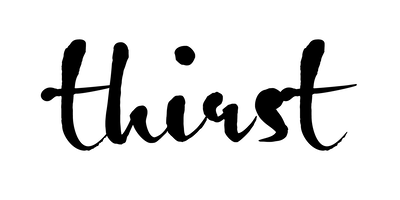
What does unfined/ unfiltered mean?
TL;DR: Unfined and unfiltered wines skip traditional clarification methods, keeping natural particles that add texture, depth, and complexity. They may appear cloudy but offer a more authentic, evolving taste.
Cloudiness naturally occurs as part of the winemaking process. When grapes are pressed, particles remain such as pulp, grape skins, and live or dead microorganisms—i.e. yeast and bacteria—which settle over time, if the wine is left to do so.
For cost-efficiency purposes or competitiveness, often producers need to get the vintage bottled and on the shelves rather than leaving it to settle, potentially for years. Various methods are currently practiced to expedite settling—aka “fining”—or to remove these fragments— aka sterile filtration. This ensures the wine looks clear, as the consumer is accustomed and as producers assume they desire.
The binding agents for fining can include egg whites, casein (a milk protein), gelatin or other animal, plant, or synthetically-made compounds. This is where vegan wine is concerned, and potential allergies for consumers.
“Essentially, there are three options for the wine grower: time, cloudiness, or intervention.” ~ Isabelle Legeron MW
Some natural winemakers choose to let the wine fully settle before bottling. However, some prefer to keep the fine lees (primarily dead yeast cells) in the bottle for taste and texture purposes. Many natural wine proponents claim these unfiltered, biodynamically-farmed “living wines” continue to evolve in the bottle, or even after opening! Contrary to popular belief, some claim a natural wine can even last longer than certain traditional, filtered wines once opened, though it won’t be the same as when you first opened it, even in a matter of hours.
At the core, it’s about letting the wine be, and allowing room for development and expression. Cloudiness can sometimes signify faults, such as a re-fermenting wine, but most of the time it adds texture and complexity that would otherwise be suppressed with intervention.

